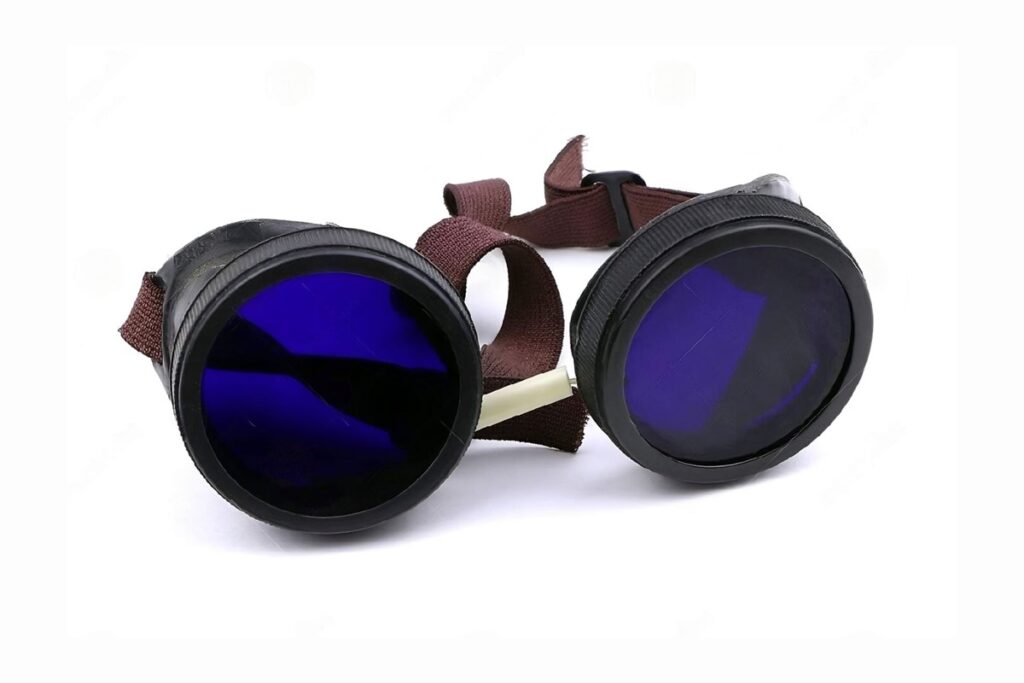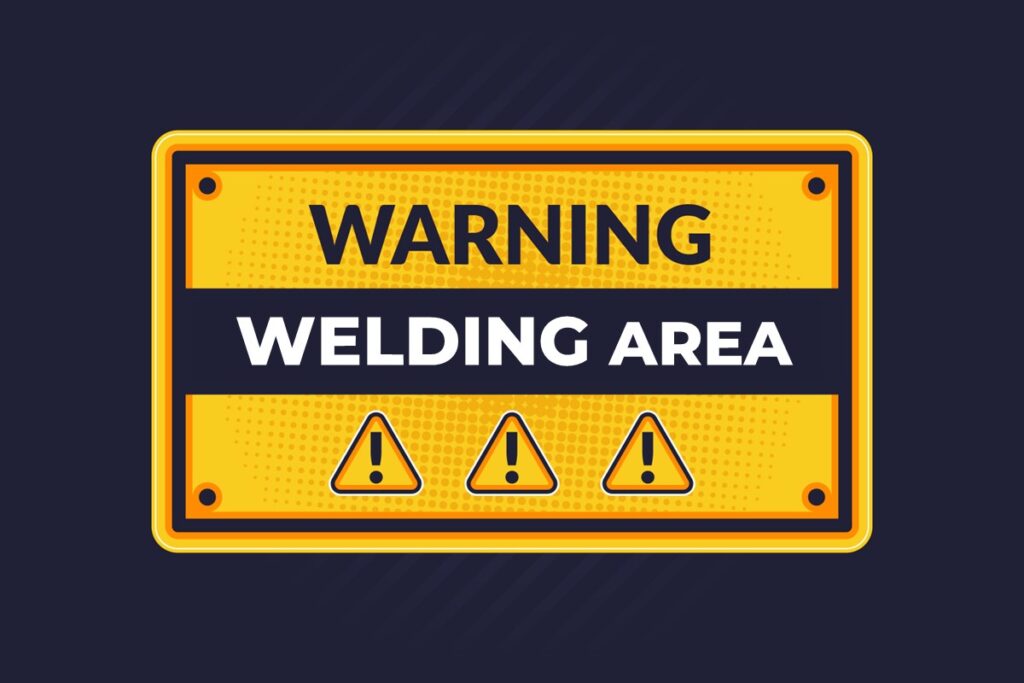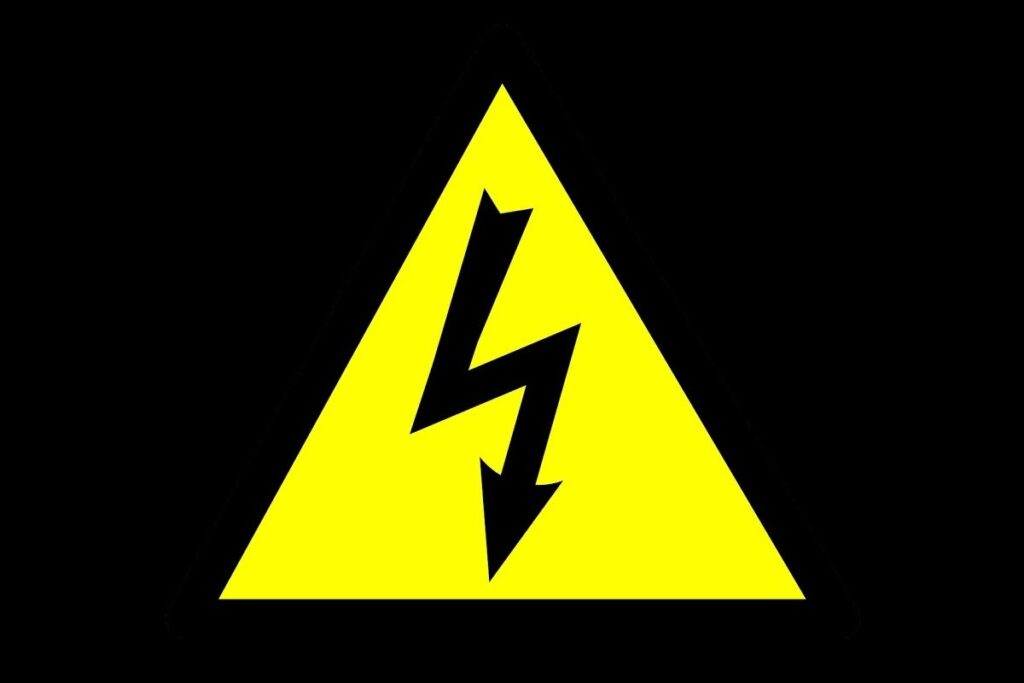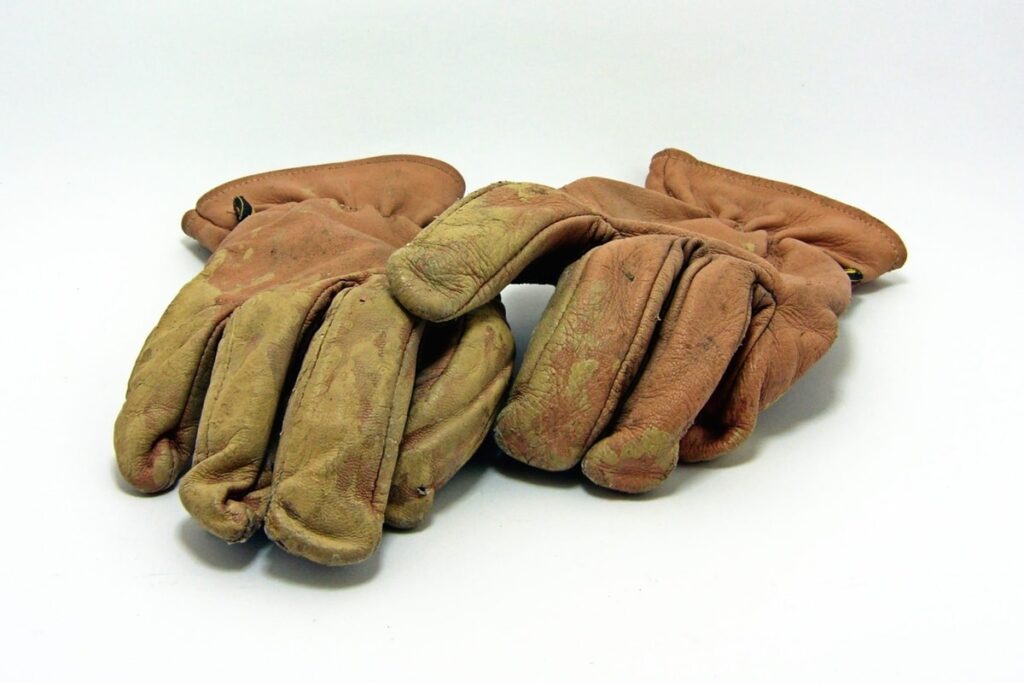A good lens protects you from harmful UV rays while also allowing you to see clearly during those moments when you need to make adjustments or take measurements.

There are many factors that go into choosing this type of protective equipment, but the chief among them should be safety. It goes without saying that any type of work needs proper safety measures, especially when dealing with electricity, gas, or even chemicals.
What then is the appropriate lens shade for TIG welding? The amperage you are welding with and the observed brightness play the biggest roles in determining which lens shade to use. While a shade strength of 11 is typically used for welding between 50 and 150 A, 12 or higher is recommended for welding between 150 and 500 A.
In this article, we’ll take a closer look at how to choose the right lens shade for TIG welding and what exactly happens inside these devices.
We’ll discuss some of the key points that must be considered before making the purchase so that you can ensure maximum protection against harmful radiation.
How to Choose a Lens Shade
Due to the nature of the craft, the decision regarding exactly what lens shade and design work best for a given project largely depends upon six factors. These are:
1. Amperage Output
Amperage output refers to the total amount of energy generated by a welder per unit of time. High power applications demand thicker lenses, wider fields of view, and extra coverage when viewed from extreme distances.
Low power settings, on the other hand, call for thinner, lighter lenses that leave plenty of room for peripheral vision.
| Amperage Output | Lens Shade Range |
|---|---|
| Below 50 amps | 8 to 10 |
| 50 to 100 amps | 10 to 11 |
| 100 to 200 amps | 11 to 12 |
| 200 to 300 amps | 12 to 13 |
| 300 to 500 amps | 13 to 14 |
The required lens’ shade changes according to the amperage used during your welding session. The needed lens ought to be darker as the amperage increases.
When welding with increasing amperage, the darker lens will be able to block more of the dangerous radiation that is created. Less darkly tinted lenses are suitable for low-amperage light welding.
2. Lens Type
Both fixed and variable lenses are used in welding. Helmets used for passive welding often have fixed lenses, which typically darken to a single shade. Due to their versatility and capacity to darken to different tints, variable lenses are the most popular.
When working on a small project, such as welding a single material using a single procedure, a fixed shade lens is sufficient. Use a variable lens for intricate tasks like TIG welding.
3. The Color Code
According to the type of welding, various lenses have different shade numbers. Welders often need lenses in the shade range of 10 to 14 for TIG welding, for instance. In comparison to lenses with a lower shade number, these shades tend to filter the majority of radiated light.
4. Arc Detectors
Arc sensors typically range in size from 2 to 4 and are installed in the majority of welding helmets. The light in the area is measured by the sensors.
Accurate measurements are ensured when wearing a helmet with more than three sensors, especially when navigating the numerous lights nearby. For easy tasks, a helmet with two sensors is adequate, but TIG welding necessitates helmets with additional sensors.
5. Reaction Time of the Lens
Lens reaction time is the amount of time it takes for the lens to change from a regular to protective shade. It is speculated that the reaction time will be around 1/3,600 seconds for a straightforward lens shade. An average reaction time of more than 1/20,000 seconds is found in the most sophisticated and durable lenses.
6. Personal Preference
This refers to aesthetic qualities like style, comfort, weight, and durability. Here again, price tends to play a significant role.
Cheaper products are likely to break easily, whereas pricier items are unlikely to suffer lasting damage from drops. It doesn’t mean they are indestructable. Hence, before investing in something expensive, make sure that you test drive a few samples yourself for quality assurance.
Finally, it’s important to note that just because you own a lens with variable shade doesn’t necessarily imply that they’ll be great for all applications. Remember that even the most expensive sets of gear can prove unsafe if you fail to follow proper procedures.
Factors that Affect Lens Shade for TIG Welding
1. Use Case
Welders typically have two different kinds of lenses—one for general use and another specifically designed for TIG welding.
The latter usually has an anti-glare coating on its outer surface, which helps reduce eye strain caused by excessive UV light.
These surfaces may also contain filters meant to shield out specific elements (like mercury) found in certain paints. As such, selecting the correct lens shade requires looking carefully at the requirements of the particular task being performed.
If you’re unsure about whether or not a given lens is suitable for your current job, try taking it along to your local welding shop, where you can get expert advice.
You might ask the salesperson if he knows of any other uses that could benefit from a similar device. They are often familiar enough with all aspects of the trade to know which lenses are best suited for each application.
2. Lens Thickness
Another important point to consider when buying new welding glasses is the amount of power output required by your machine. This information should be printed somewhere on the product itself.
Most machines operate within a range of amperages between 50 and 500 amps. At higher outputs, more powerful metal vapors are produced, which require heavier filtering methods.
The simplest solution here is to use multiple layers of glass with varying thicknesses depending upon the level of intensity needed.
When purchasing new welding glasses for the first time, it’s recommended that you stick to lower wattages until you become accustomed to the process. Once you’ve learned to control the flow of energy, you can then begin working at much higher levels.
3. The Size of the Lens
A final thing worth mentioning is that the size of the lens does matter too. While larger lenses offer greater visibility than smaller ones do, this isn’t always true.
Lenses over 40mm are commonly used because they allow for increased peripheral vision, which is essential when performing delicate tasks like grinding aluminum pieces together.
On the flip side, however, large lenses tend to create heavy shadows around objects unless they feature special coatings. Smaller lenses generally provide superior light transmission since they don’t obstruct the wearer’s field of view quite as much.
With all of this said, it’s still possible to buy decent products for under $50 online due to the fact that manufacturers aren’t required to display labels indicating the actual amperage their products are suitable for.
Always check for ratings stamped onto the frame or written directly onto the packaging prior to placing your order.
The Importance of TIG Welding Lens
Tungsten inert gas (TIG) welding produces intense heat through the fusion of metal particles, which involves passing high amounts of electrical current through a torch containing an argon/helium mix.
1. The Need to Filter Ultraviolet Radiation
Because of the nature of this technique, the TIG welder’s lenses need to filter very hot wavelengths of light, otherwise known as ultraviolet radiation. To understand why this is necessary, let’s take a quick look at how our eyes perceive color.
Color perception occurs due to the way that cone cells lining our retinas absorb photons of differing frequencies. Red, orange, and yellow colors are thought to stimulate these areas the most intensely, whereas blue and violet lights cause less stimulation.
The Length Wave Radiation
Blue and violet beams of light are therefore seen as having longer wavelengths than reds and oranges. So, just how far down the scale does this spectrum reach?
Well, according to Dr. John Barentine (who was a pioneer in developing modern sunglasses), the threshold begins at 400 nanometers or roughly violet-colored light. Anything shorter than this length constitutes shortwave radiation.
Long wave radiation ranges from approximately 500 nm onwards, which includes visible light. Therefore, anything above 560nm is classed as long wave radiation. As mentioned earlier, TIG welder’s lenses need to prevent incoming radiation waves from penetrating past the 350nm mark.
Although this may seem pretty close to the violet end of the scale, remember that human beings’ sensitivity towards this kind of electromagnetic frequency increases dramatically once they move beyond 650nm.
2. TIG Welding Produce the Most Ultraviolet Radiation
This means that, unlike other forms of welding, TIG technology actually benefits from slightly stronger emissions.
This applies to both manual and automated processes as well. Manual arc welding produces a lot fewer sparks compared to electric arc techniques, which makes it easier for the operator to see the resulting joint.
With automatic TIG systems, the situation becomes even worse simply because of the added complexity involved. Not only do the robots need to monitor the position of the electrode tip, but they also need to keep tabs on the temperature of the molten pool and adjust themselves accordingly.
3. Proximity to Source of Ignition
Since the robot doesn’t have direct contact with the metal, the risk of exposure is reduced significantly. Of course, the opposite holds true for people who perform spot checks or measure distances manually. Their proximity to the source of ignition renders them vulnerable to extremely dangerous radiant emissions.
TIG welding is widely regarded by experts as the most consistent form of metalworking today. However, it’s also highly dependent upon maintaining a safe distance from the primary beam source. Any additional shielding provided by protective eyewear shouldn’t be taken lightly either.
Features of a Good TIG Welding Lens
Although the main purpose of welding glasses is to act as visor shields, there are several other purposes that they serve as well. First and foremost, they are supposed to protect the user’s eyes from the potentially damaging effects of ultraviolet radiation.
1. Built-in Anti-reflective Coatings
Depending upon the specifications of the manufacturer, lenses may also include built-in anti-reflective coatings or tinting that alter the overall appearance of transmitted light. Regardless of how they look, though, all welding glasses maintain the same basic function regardless of the material composition.
2. Lightweight Neoprene Straps
Most brands produce a variety of frames made from plastic, polycarbonate, cellulose acetate, or acrylic materials. Other designs incorporate lightweight neoprene straps instead of traditional ear hooks.
3. Flexible Hinges and Wide Angles Viewing Capabilities
Some models have flexible hinges that open up wide angles for enhanced viewing capabilities. One brand offers styles called “dual focus” that are specially designed to accommodate users of different heights and sizes.
4. Durability and Longevity
Ultimately, others are fashioned after military goggles. All of these choices are good ones to explore, but you should bear in mind that durability remains paramount. Look for strong construction backed by warranties that promise longevity.
Now that we’ve looked at how to select the right lens shade for TIG welding, let’s talk about some of the things that you must watch out for when picking out a pair.
Understanding Your Lens Shade Number and Identifying Its Safety
Make sure the helmet does its job before putting it on and counting on it to protect your eyes. By examining the helmet’s quality, you should always confirm the standards. Verifying that the helmet complies with ANSI Z87.1 is among the most straightforward methods of validation.
According to this standard, all welding helmets must adhere to certain requirements in order to be approved for use in welding operations. It is advisable to choose helmets without this certification.
The Bottom Line
A welder’s protective equipment kit should include a shaded lens as one of its vital components. This protects us from radiation, spatters, and sparks created by welding by wearing the proper shade lens.
Over 10,000 occurrences of eye injuries are recorded each year in the USA, according to data from the US Consumer Product Safety Commission. These cases involve welding in a significant percentage of instances.
So start with a higher lens shade number and work your way down to a lower one when choosing the most appropriate helmet shade number.
You will be able to precisely determine all of your welding zones this way, which will help you produce welds of higher quality. Make sure to stay at least 11 or more.
Darell is a Certified Welding Engineer (CWEng) with over 23 years of expertise in TIG, MIG, MAG, dual flux, and stick welding. He is a senior welding engineer who has a desire to share his experience. Visit unwelded.com and join Darell as well as other welding enthusiasts in obtaining fabrication knowledge, amazing welding gadgets, and useful welding insights.



